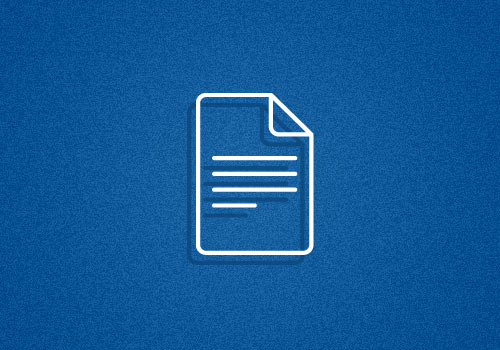Change is quickly approaching in the healthcare industry. Starting in January 2014, it will be mandated that every American becomes insured with at least basic healthcare coverage. And those without coverage will face tax penalties.
These penalties fall alongside an impending rule that prevents healthcare providers from rejecting patients based on factors such as age, gender or pre-existing health conditions; and both will mean a significant increase in customer service requirements and information requests for benefits providers around the country.
Customers who are searching for an insurance benefits provider in the HIX system, require knowledgeable, efficient customer service and will likely need more of it. Insurance benefit providers who are already facing impending challenges of ramping up trained resources and contact center platforms to deliver quality customer care are feeling more burdened than ever. It’s imperative to start preparing for this service swell now.
Here are some of the issues expected to weigh down on unprepared providers in the coming months:
- Increased churn rates
- A lack of contact center infrastructure
- Internal staffing constraints
- Increased specialized training or licensing requirements
- Budget restrictions
- Short timeline to comply with both federal and state standards
When these changes come into effect, your organization must be prepared with trained, well-versed agents to handle the massive influx of new consumers. Customer service is going to have to balance increased call volume with maintaining high quality standards if your organization wants to remain competitive and compliant.
At the end of the day, your organization’s ability to sink or swim in 2014 may hinder on the quality of your customer care and program management. When the phone lines begin to clog and wait times for valuable information increase, customers will not hesitate to go to another provider who can match your level of care. But if your organization is prepared, you can help your customers through a seamless transition into this new era of healthcare.



